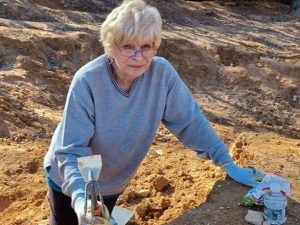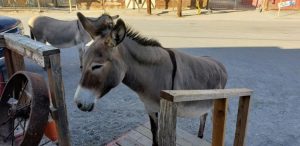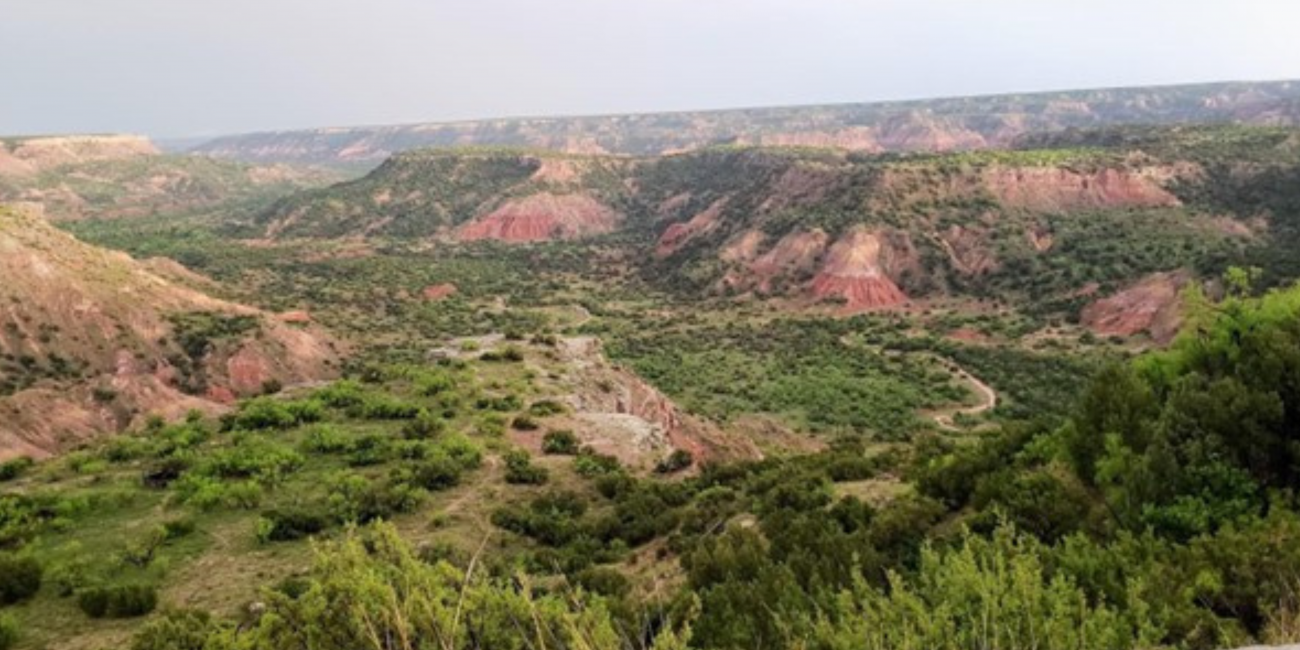Many people dream of jumping in their vehicle and driving cross country, but for Sandra Judson this dream came true for her grandson and her after she had an endobronchial valve placement and was given a second chance at life.
Sandra who is now 77 years old started smoking in her 20’s and developed emphysema. She was on several medications to help manage her condition.
Then in 2021 after a trip down south where she spent time digging in the dirt looking for crystals, she thinks that triggered her issue, she ended up being hospitalized for issues with breathing and becoming dependent on oxygen.
 It was then that she realized that she needed to see a pulmonologist and picked Dr. Elizabeth A. Mirabile-Levens in Waterbury Ct. It was Dr. Mirabile-Levens who thought that Sandra would be a good candidate for the endobronchial valve procedure and referred her to Dr. Omar Ibrahim service chief of the Carole and Ray Neag Comprehensive Cancer Center at UConn Health.
It was then that she realized that she needed to see a pulmonologist and picked Dr. Elizabeth A. Mirabile-Levens in Waterbury Ct. It was Dr. Mirabile-Levens who thought that Sandra would be a good candidate for the endobronchial valve procedure and referred her to Dr. Omar Ibrahim service chief of the Carole and Ray Neag Comprehensive Cancer Center at UConn Health.
Ibrahim was the first in Connecticut to perform an endobronchial valve procedure three years ago and has completed the procedure more than anyone else in the state on patients who qualify is a minimally invasive treatment option that does not require cutting or incisions.
Tiny valves are placed into a targeted section of the diseased lung where the air has become trapped. The trapped air causes shortness of breath. The one-way valve allows the trapped air to be released, resulting in patients being able to breathe easier and experience less shortness of breath. The valve is designed to block off a diseased part of the lungs, which reduces hyperinflation. This allows the healthier parts of the lungs to expand, which can make breathing easier.
The endobronchial valve is recommended for adults with severe COPD emphysema who have reduced lung function and shortness of breath. The valve can help improve lung function and quality of life.
Sandra met with Ibrahim and learned of the criteria for patients to receive the endobronchial valve.
According to Ibrahim your lung function has to be severe enough where your criteria is met but your functional status has to be mobile so you able to participate in the pre care.
“One of the requirements is that you do pulmonary rehab before the procedure so if you are unable to do the pulmonary rehab then you’re probably not a candidate,” says Ibrahim.
Sandra needed to be smoke-free for the procedure and she decided she’d rather breathe than smoke and stopped smoking in Dec. 2021. She participated in the pulmonary rehabilitation program at Waterbury Hospital that Ibrahim prescribed before the procedure.
After the surgery in November 2022, it was slow going for a few months of getting herself stronger and still requiring oxygen. As time progressed, she was back in pulmonary rehab and has continued exercising at the facility where she completed her rehabilitation program.
She went from being wheeled in a transport chair at the beginning of rehab to using a walker and then walking in on her own and requires very little oxygen only when she absolutely needs it. Most exciting is that she and her 16-year-old grandson, Logan, took a cross-country road trip this spring.
Four years ago, she and Logan took a road trip to Utah and loved it. Once she had the surgery, she knew this was a second chance for them to explore some more. So, they hooked up her 20-foot travel trailer to her SUV and hit the road on their five-week adventure.
 They decided to cover as much of Route 66 as they possibly could. Their starting point was the Gateway Arch in St. Louis, Missouri. “It amazed me that a 16-year-old would be interested in taking Route 66,” says Sandra.
They decided to cover as much of Route 66 as they possibly could. Their starting point was the Gateway Arch in St. Louis, Missouri. “It amazed me that a 16-year-old would be interested in taking Route 66,” says Sandra.
The two decided to head southwest through states they hadn’t seen before and went across Texas, through New Mexico, and ended up in California.
In Texas, they stayed in Palo Duro Canyon State Park where they stayed one night at the top of the canyon and the following day decided to drive down into the canyon to see it from a different perspective, which included a white-knuckle drive on tight roads with no guardrails. Then it was off to New Mexico.
Sandra brought oxygen tanks with her and for most of the trip didn’t need them much, but when they hit the higher elevations in Albuquerque, New Mexico she found that she needed to use the oxygen more. They were able to swap out her tanks while there.
They headed to California and ended up in Palm Springs and enjoyed it so much they stayed for a week. She found that with it only being around 200 feet above sea level she had no issues with her oxygen levels.
“I decided I was going to try new things in my life, so we took the Palm Springs aerial tram 8,000 feet up a mountainside,” said Sandra. “I brought my tanks with me and actually did go through two small tanks.”
 The two attended the Villagefest that began over 30 years ago in 1991 when the late singer and actor, Sonny Bono was mayor. Streets were blocked off to hold the festival and Logan pushed her in the transport chair and they really enjoyed it. They went to Pismo Beach and enjoyed time on the pier, taking in the sun and seeing the surfers.
The two attended the Villagefest that began over 30 years ago in 1991 when the late singer and actor, Sonny Bono was mayor. Streets were blocked off to hold the festival and Logan pushed her in the transport chair and they really enjoyed it. They went to Pismo Beach and enjoyed time on the pier, taking in the sun and seeing the surfers.
On their way home they saw the Joshua Tree in California, drove through the Petrified Forest, and saw the world-famous Oatman Burros and wild donkeys in Oatman, Arizona.
Throughout the trip, they stopped at a campground every day to set up and even boondocked when campgrounds weren’t available and Logan set up the trailer and generator when needed at each stop.
“Had I not had the endobronchial valves, I would never have been able to do this trip,” said Sandra. “I would have been in my house on oxygen getting depressed because I couldn’t do much of anything.”
She still has to stop for a little bit here and there when she has pushed herself. She will sit down take her oxygen level with her oximeter, and do her pursed-lip breathing, a technique that allows people to control their oxygenation and ventilation.
The technique requires a person to inhale through the nose and exhale through the mouth at a slow controlled flow. Once in a great while, she’ll need to use the oxygen. These are things she knows she will have to do for the rest of her life.
While the valves don’t change the progression of the disease, they help her breathe better and improve her quality of life.
“I got a second chance at life, and I thank God, Dr. Ibrahim and his Staff, Dr. Mirabile-Levens, Waterbury Pulmonology Rehabilitation Staff, and my family. They saved my life, and I wouldn’t be able to function today without them.”
For more information on the endobronchial valve procedure call 860-679-8300 and ask to speak with Noreen Allsop RN.



